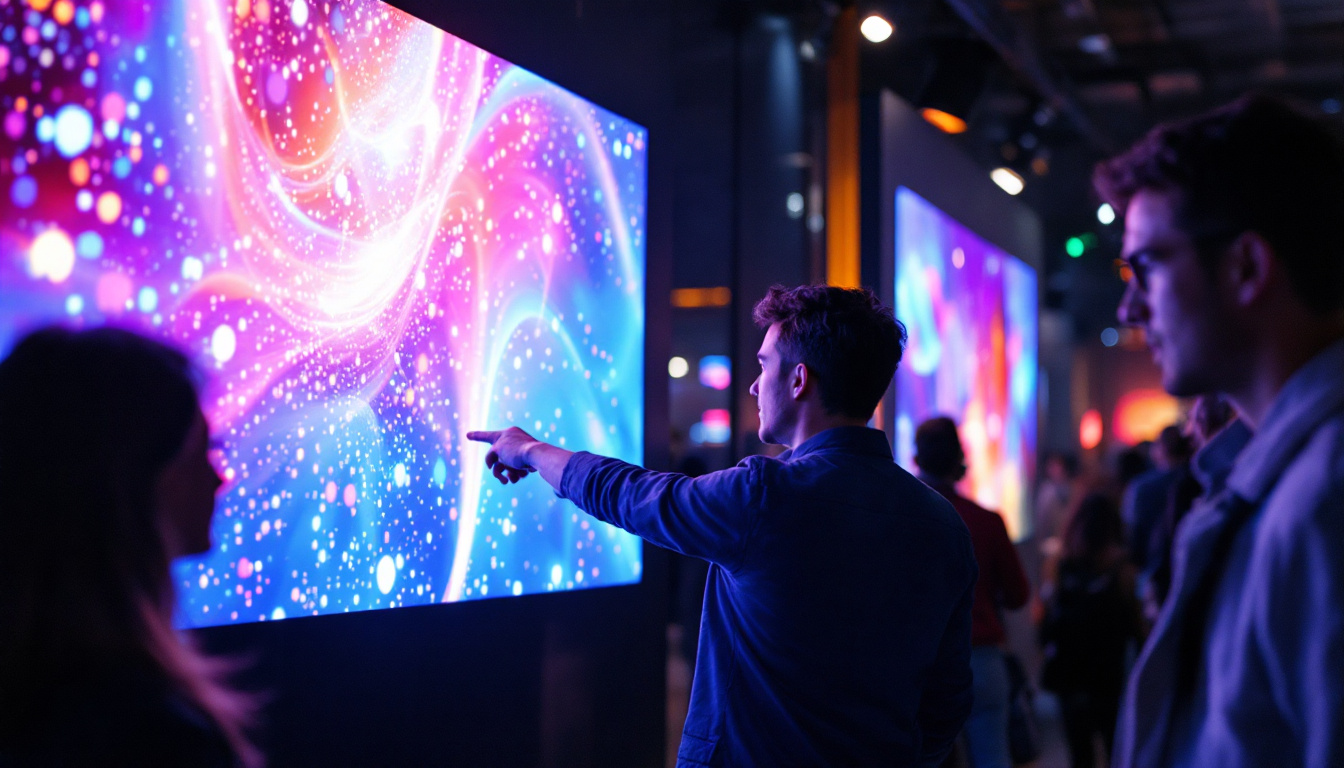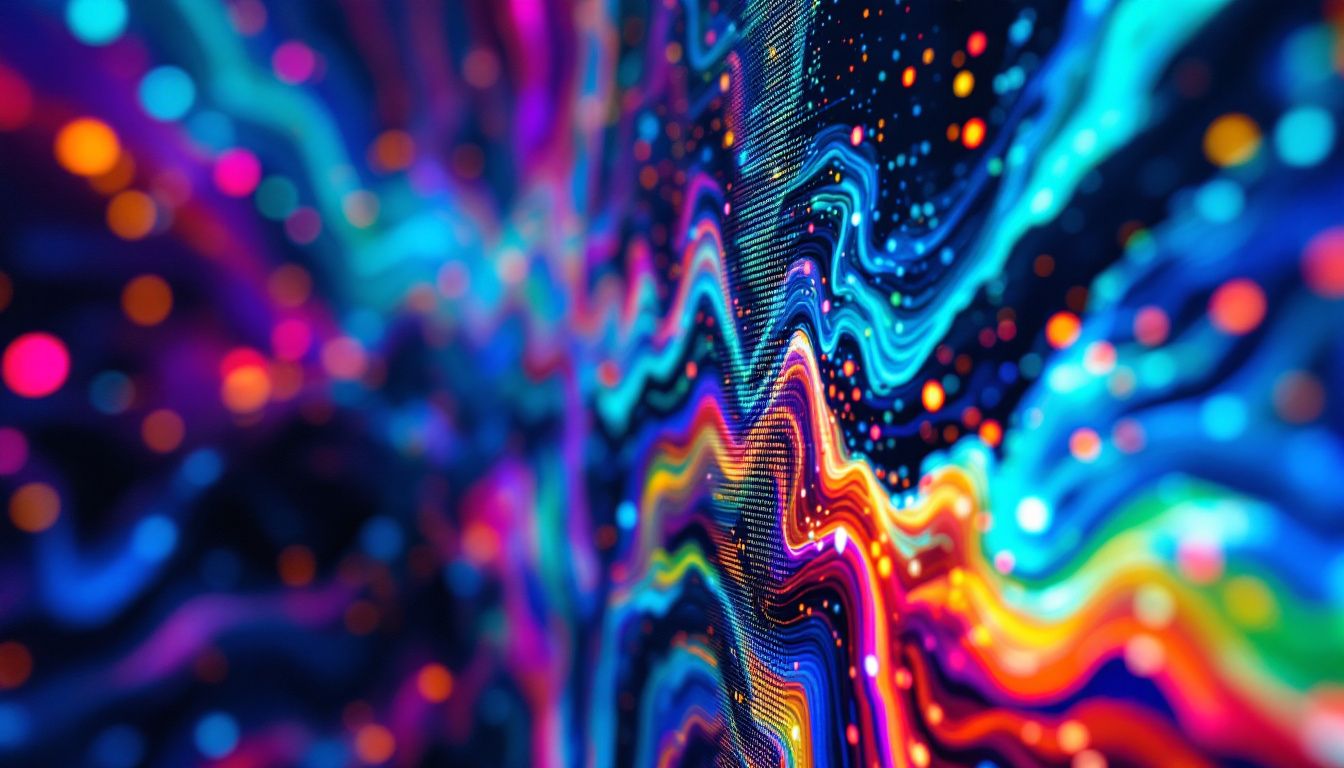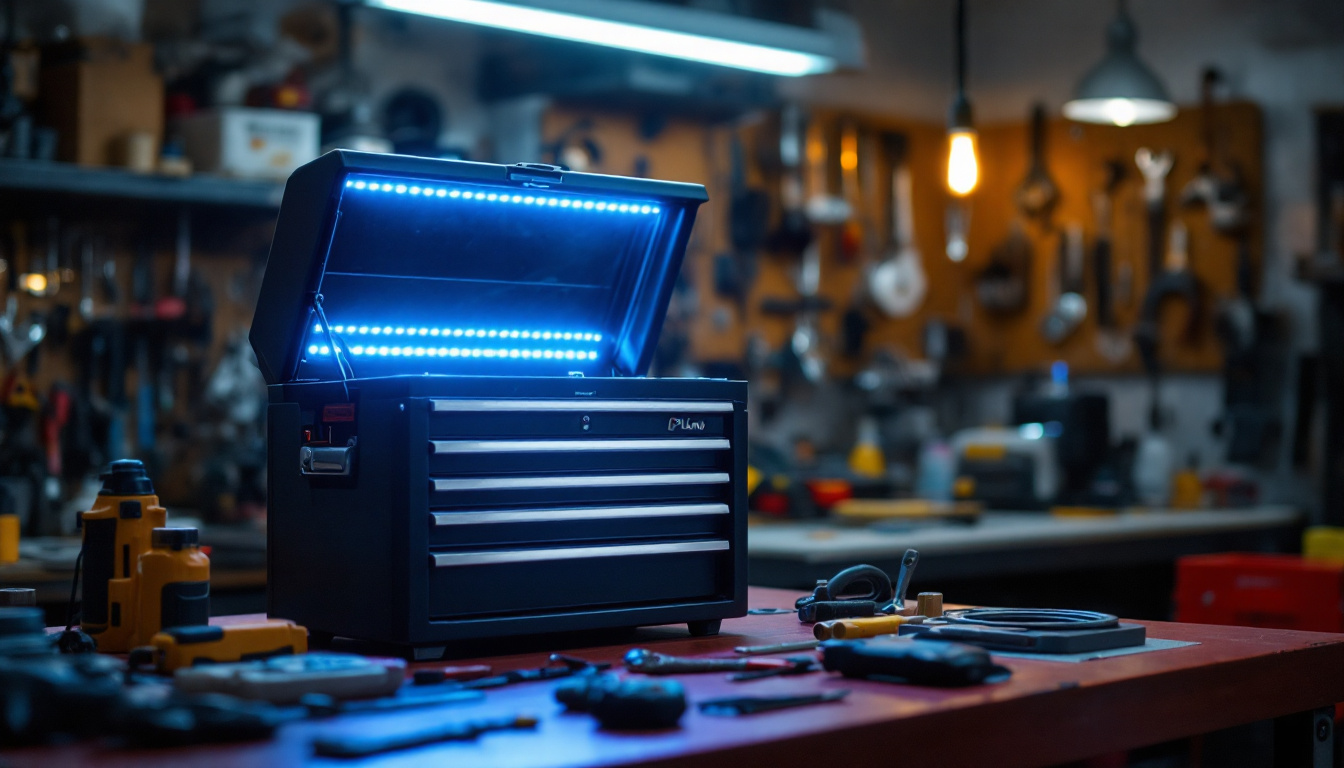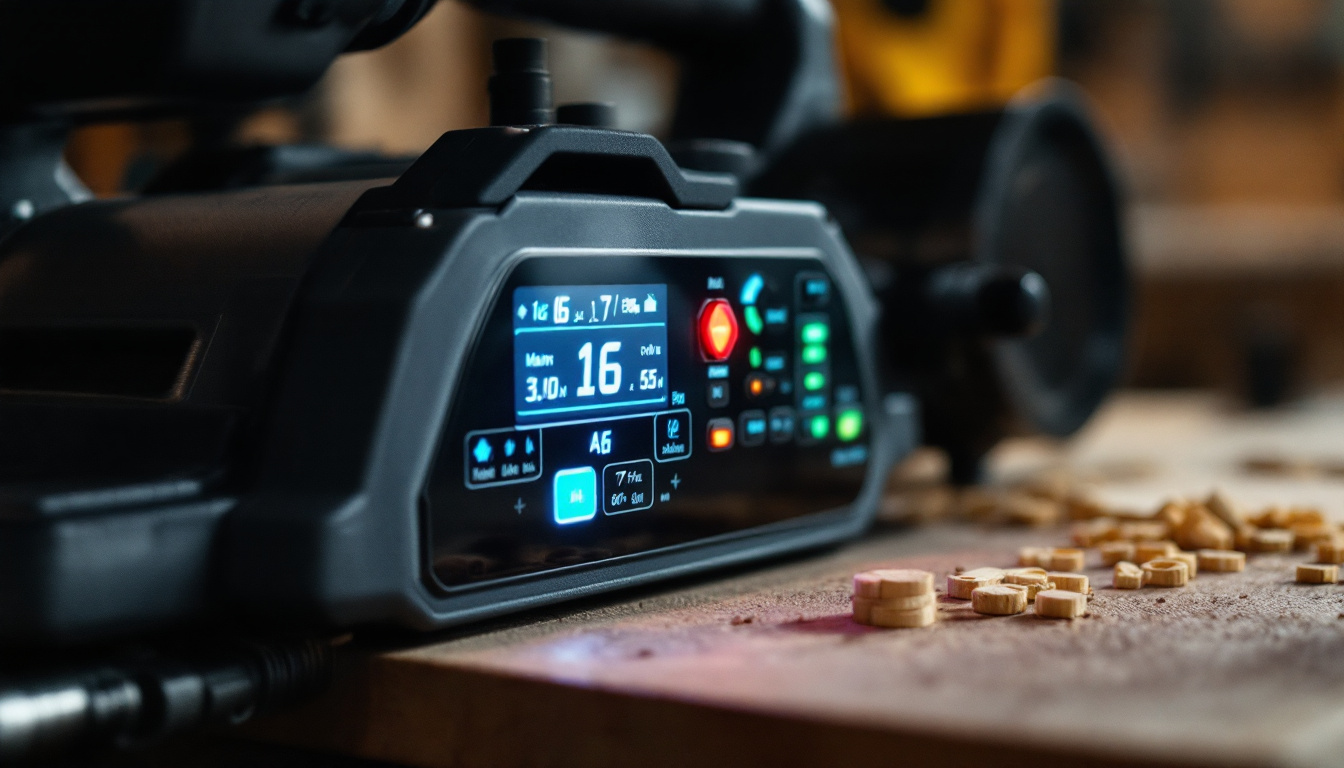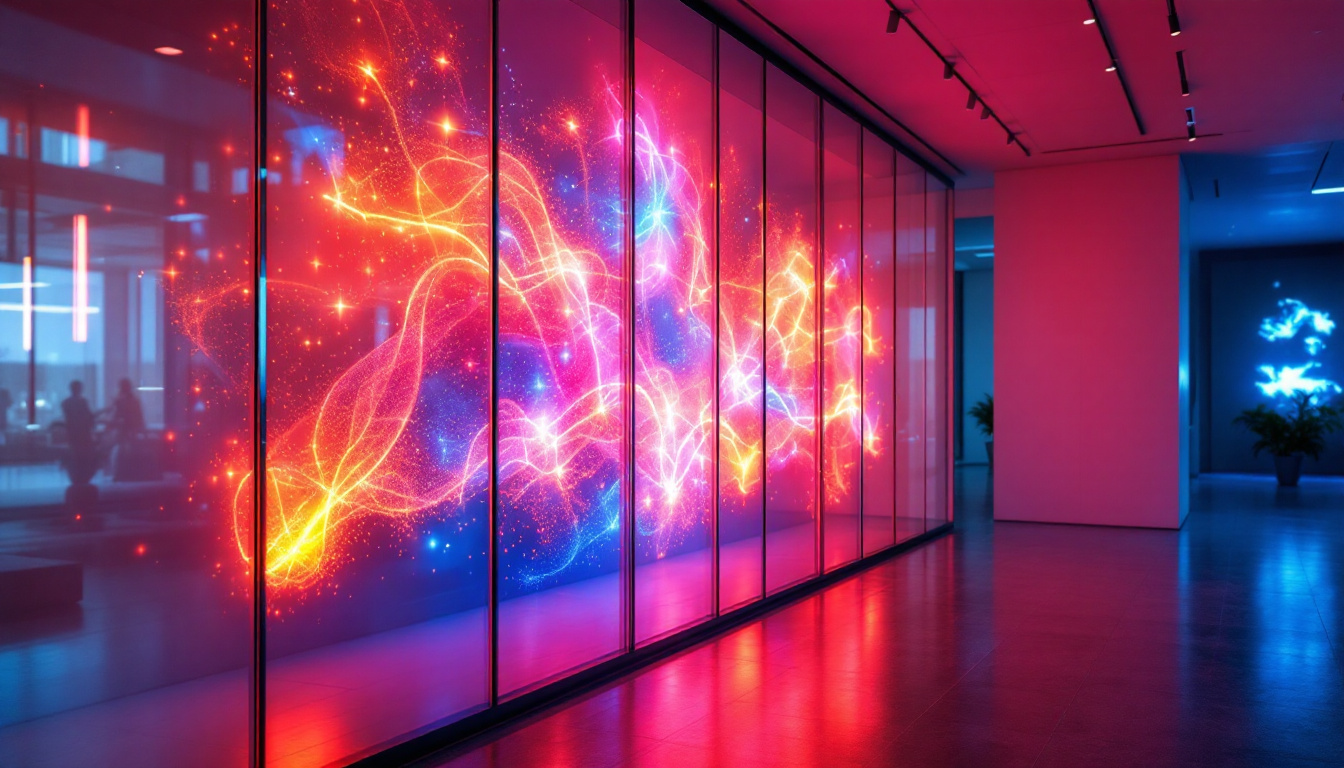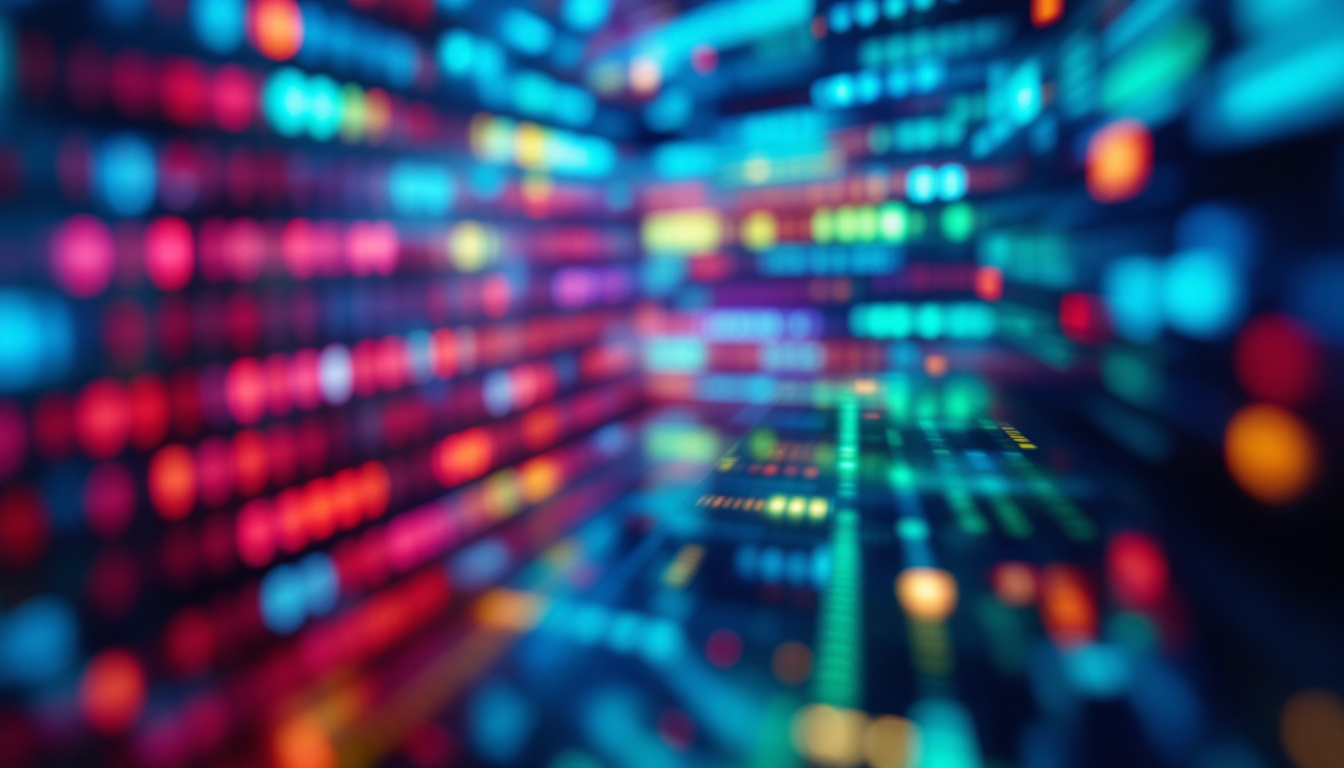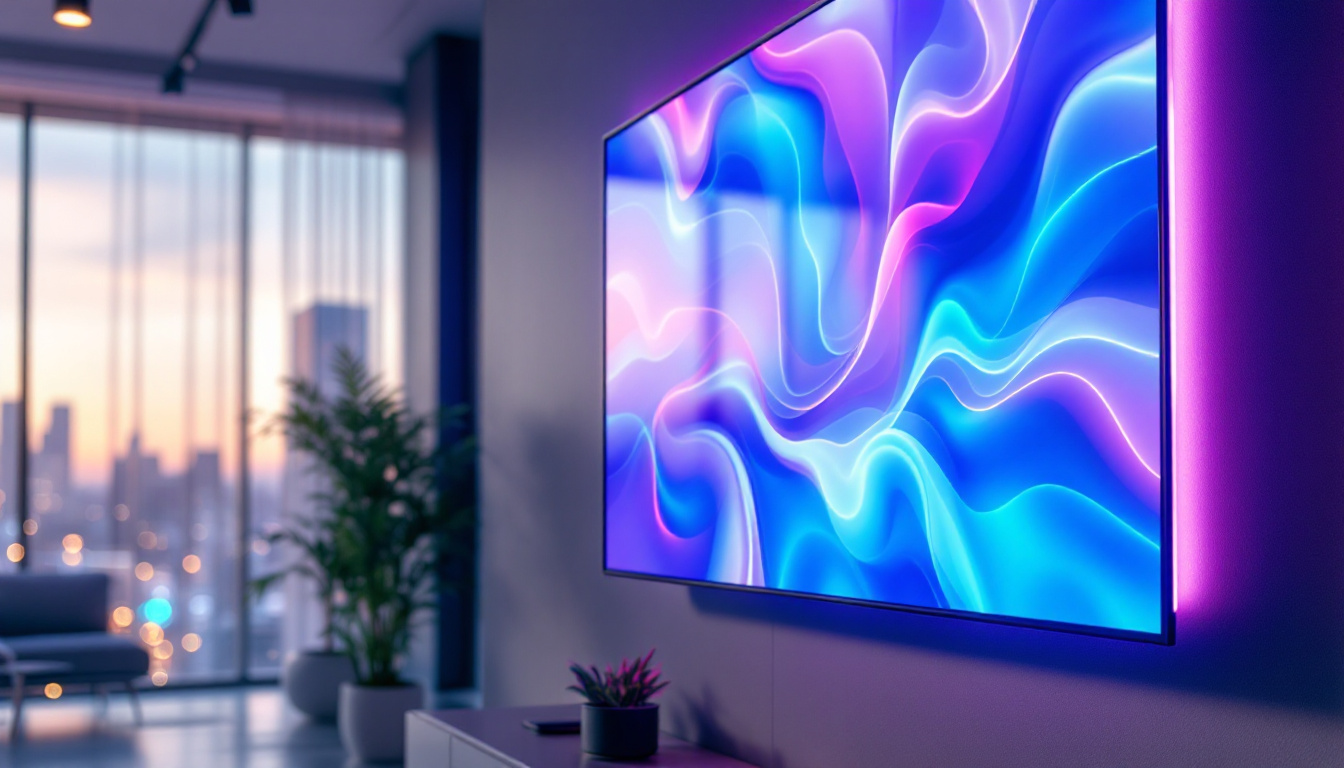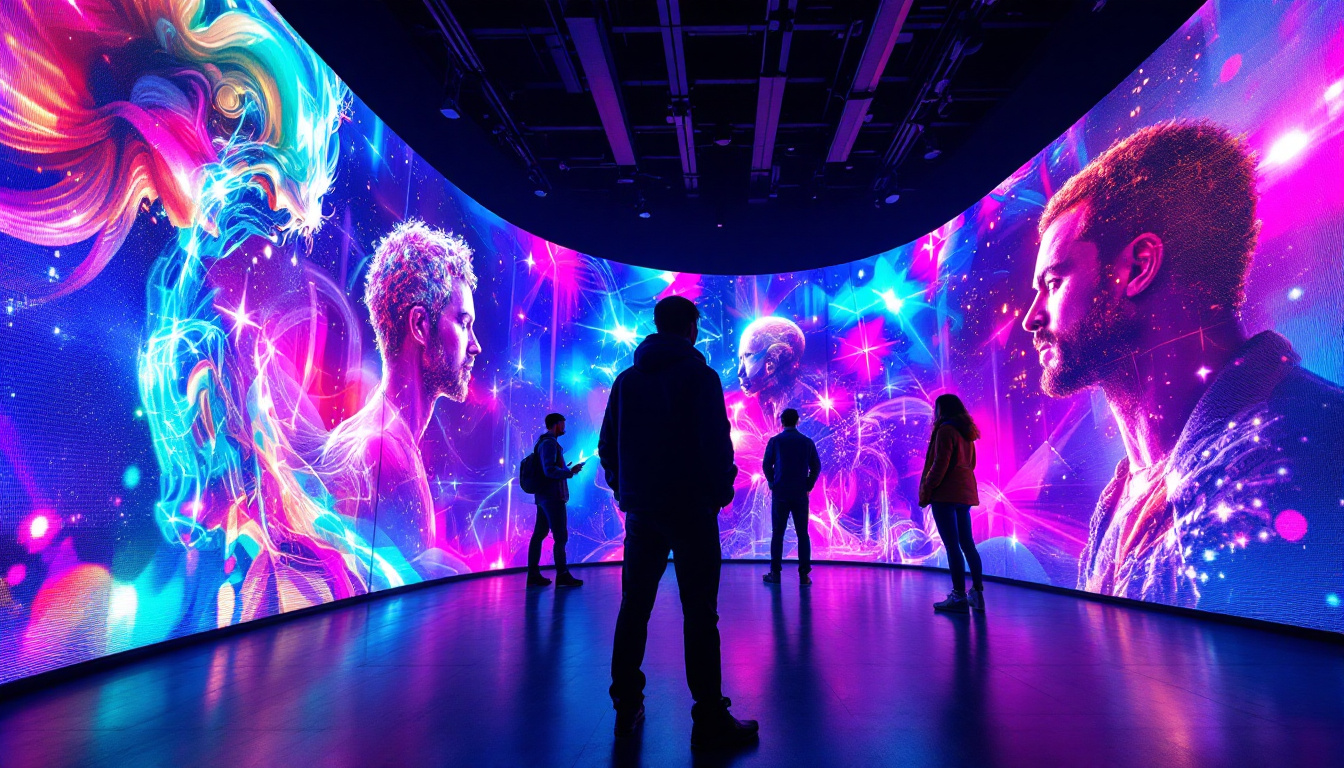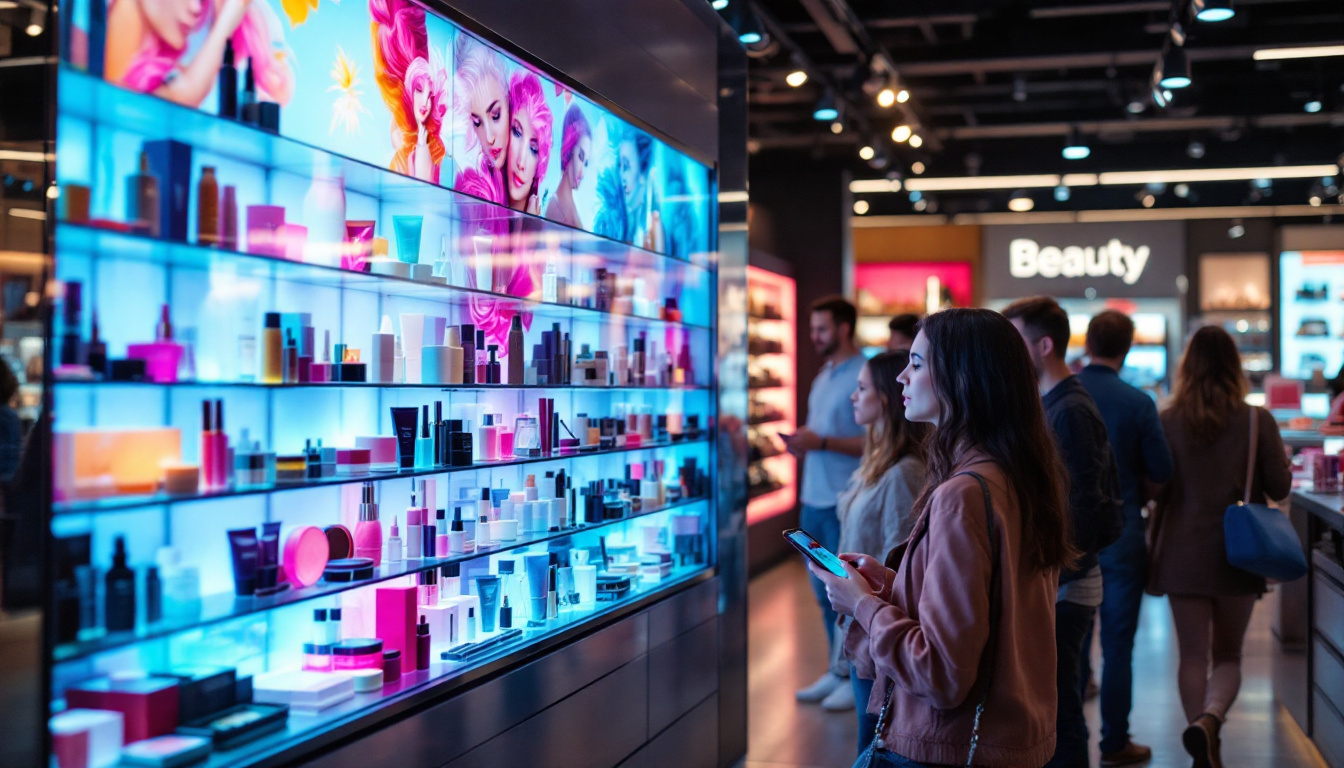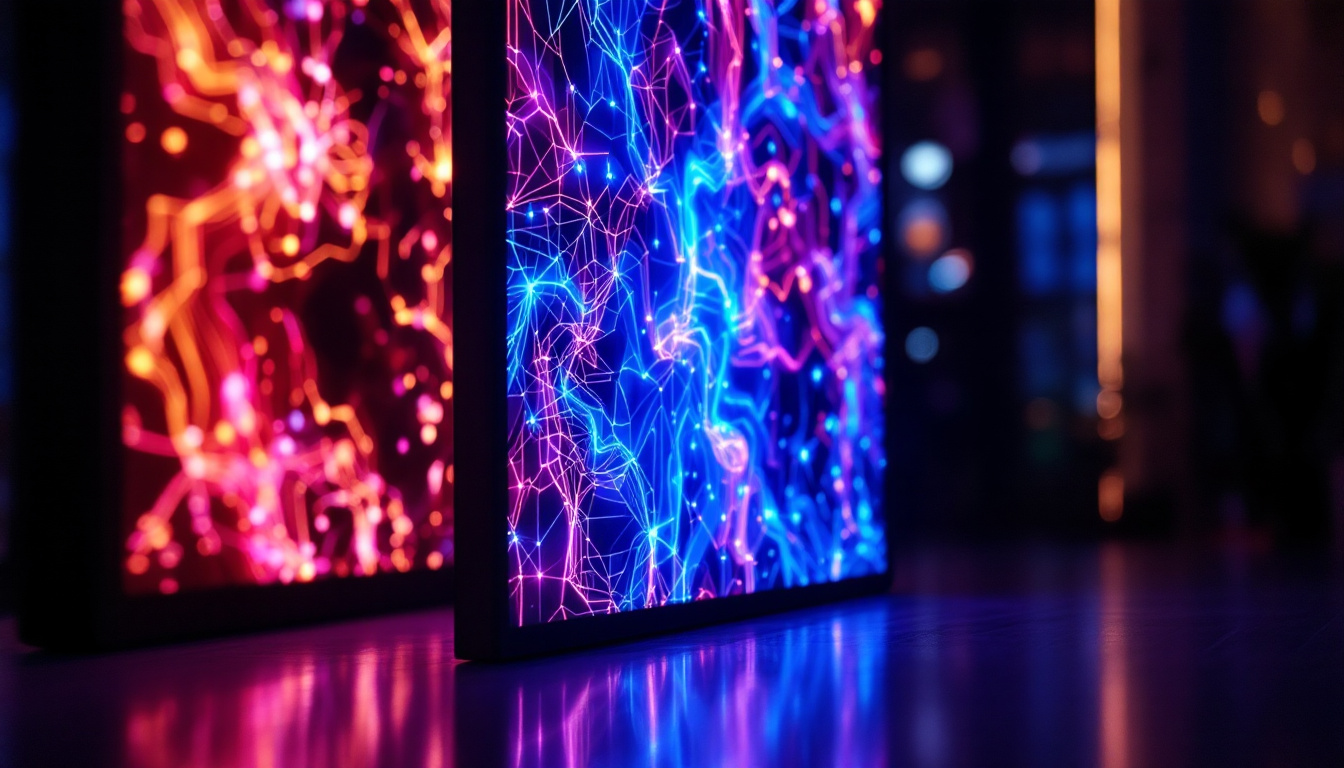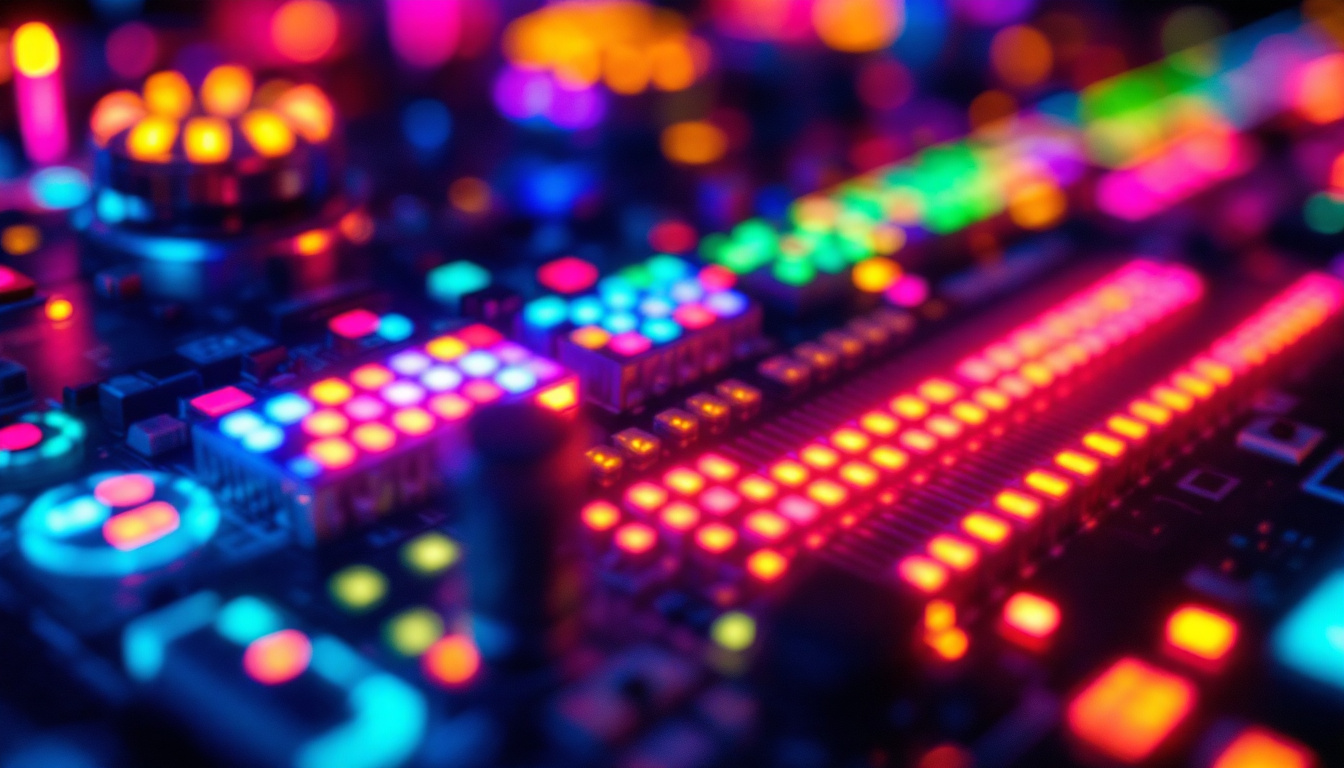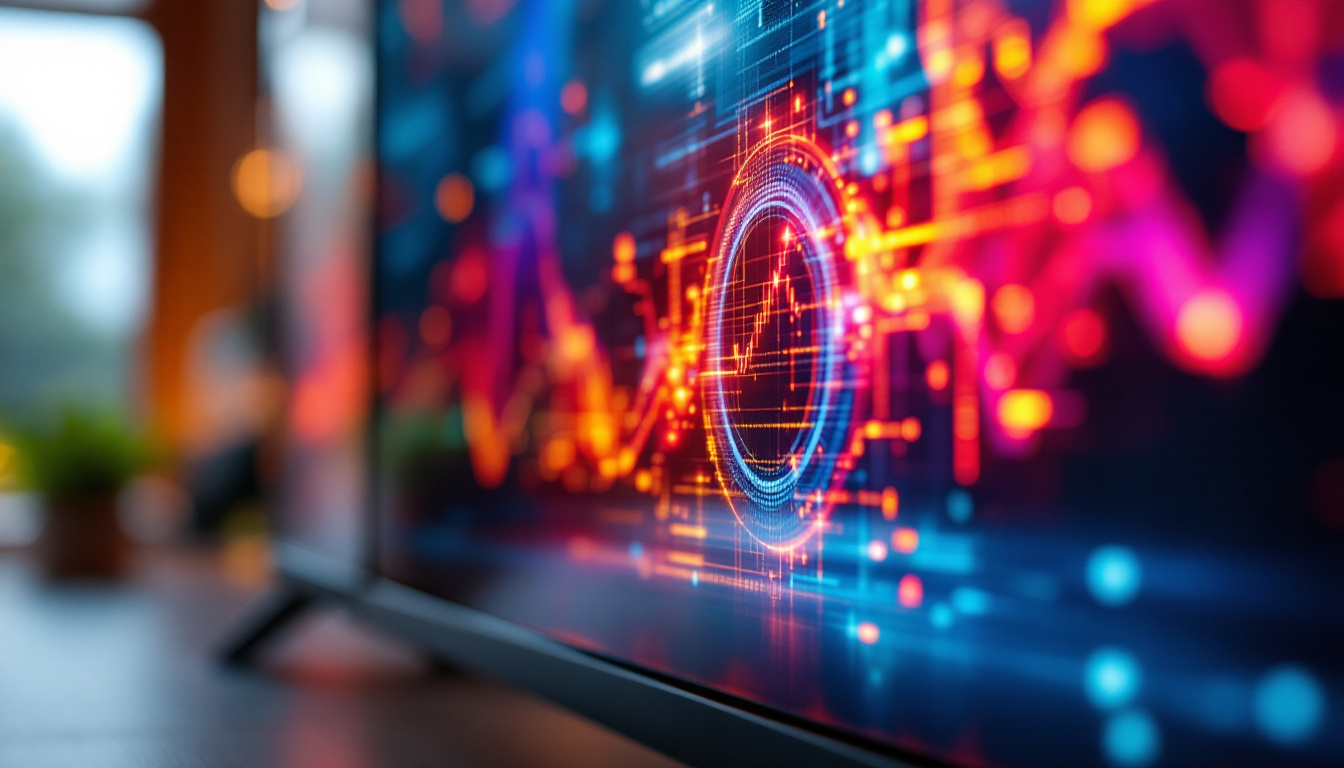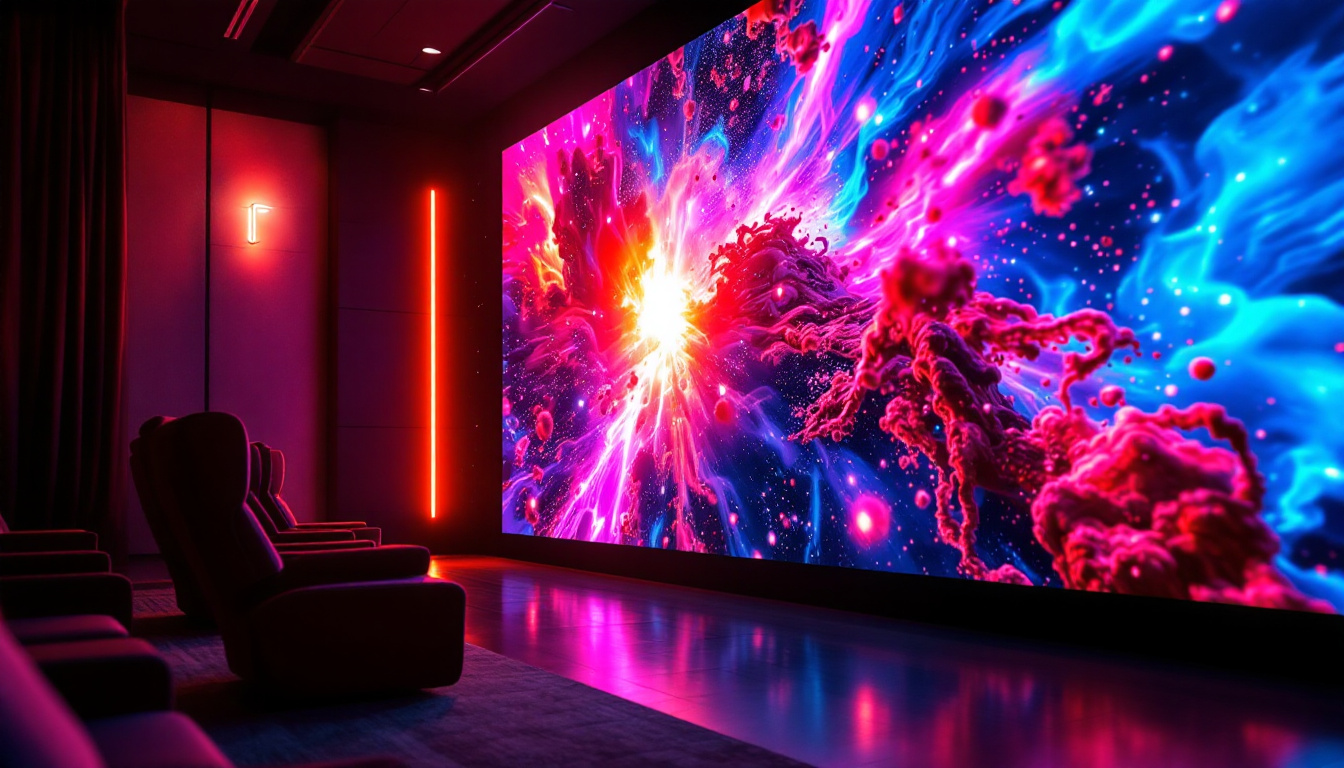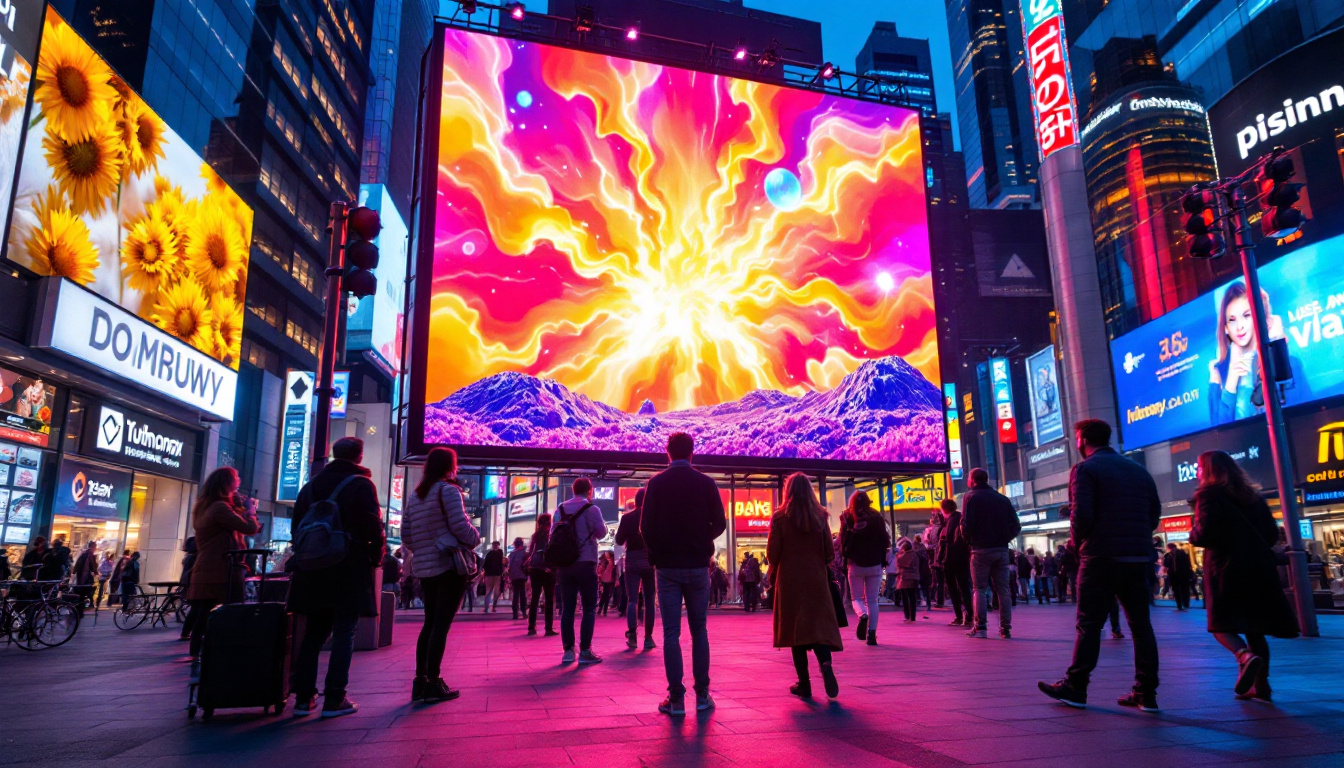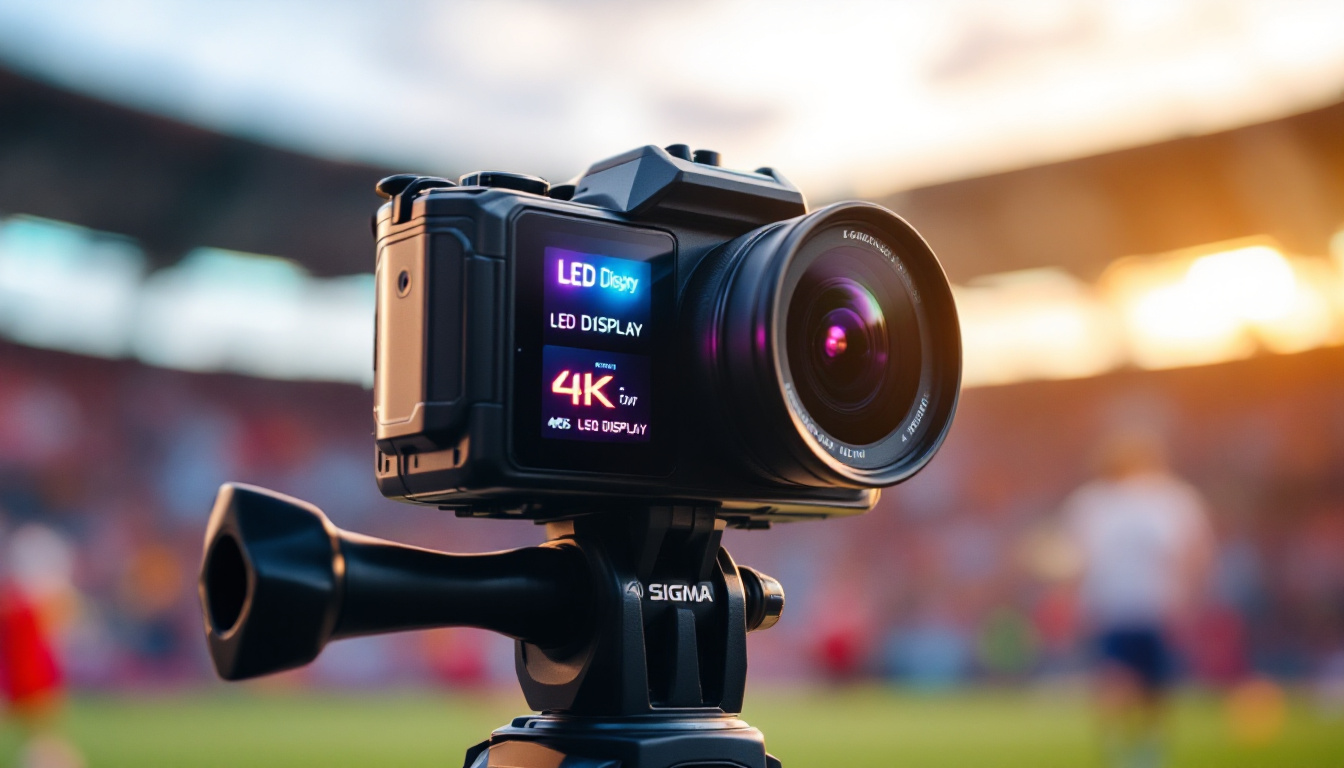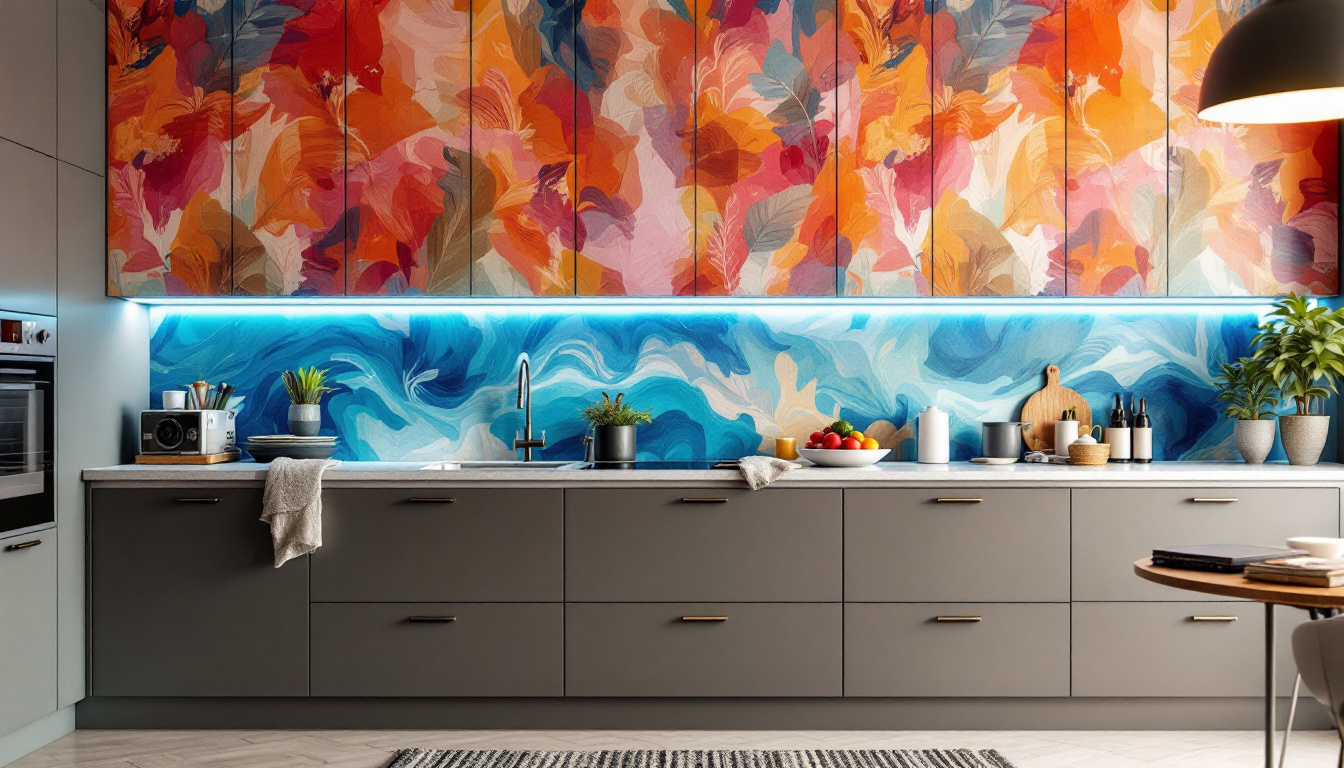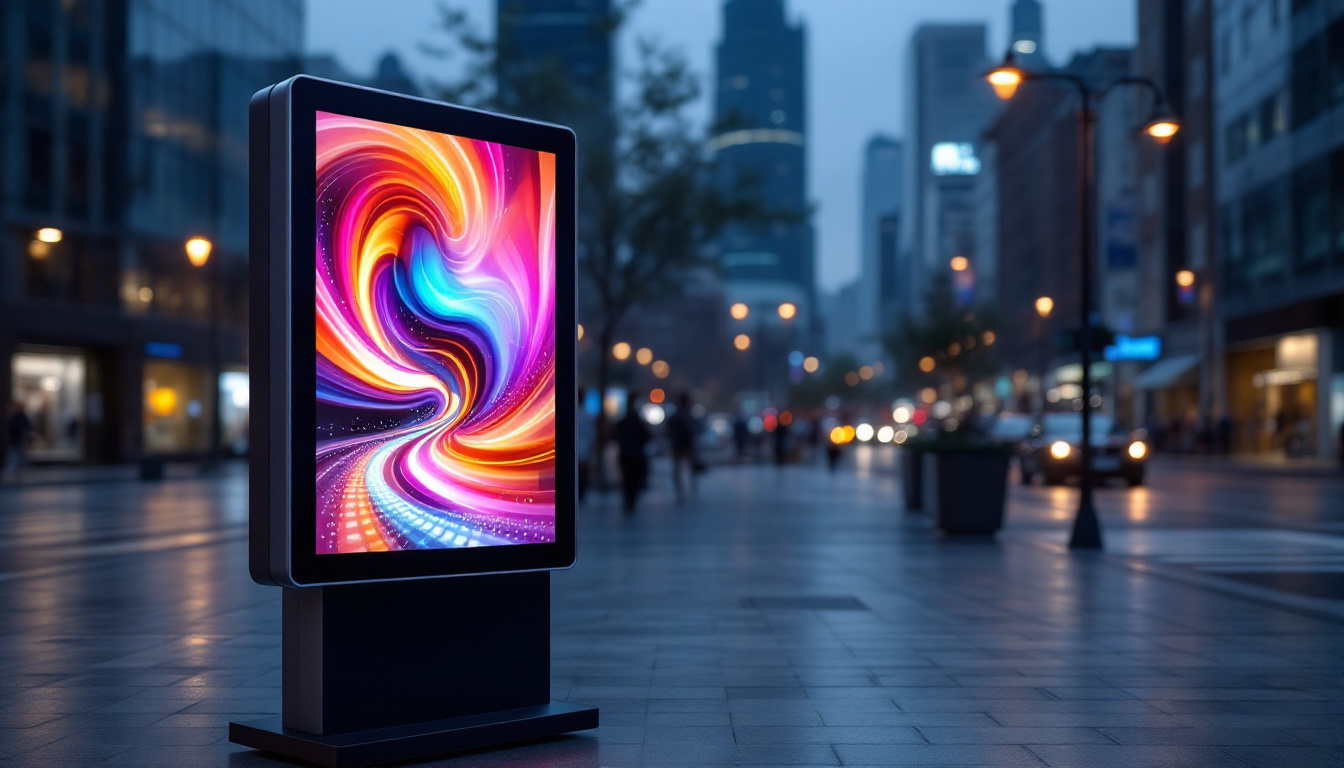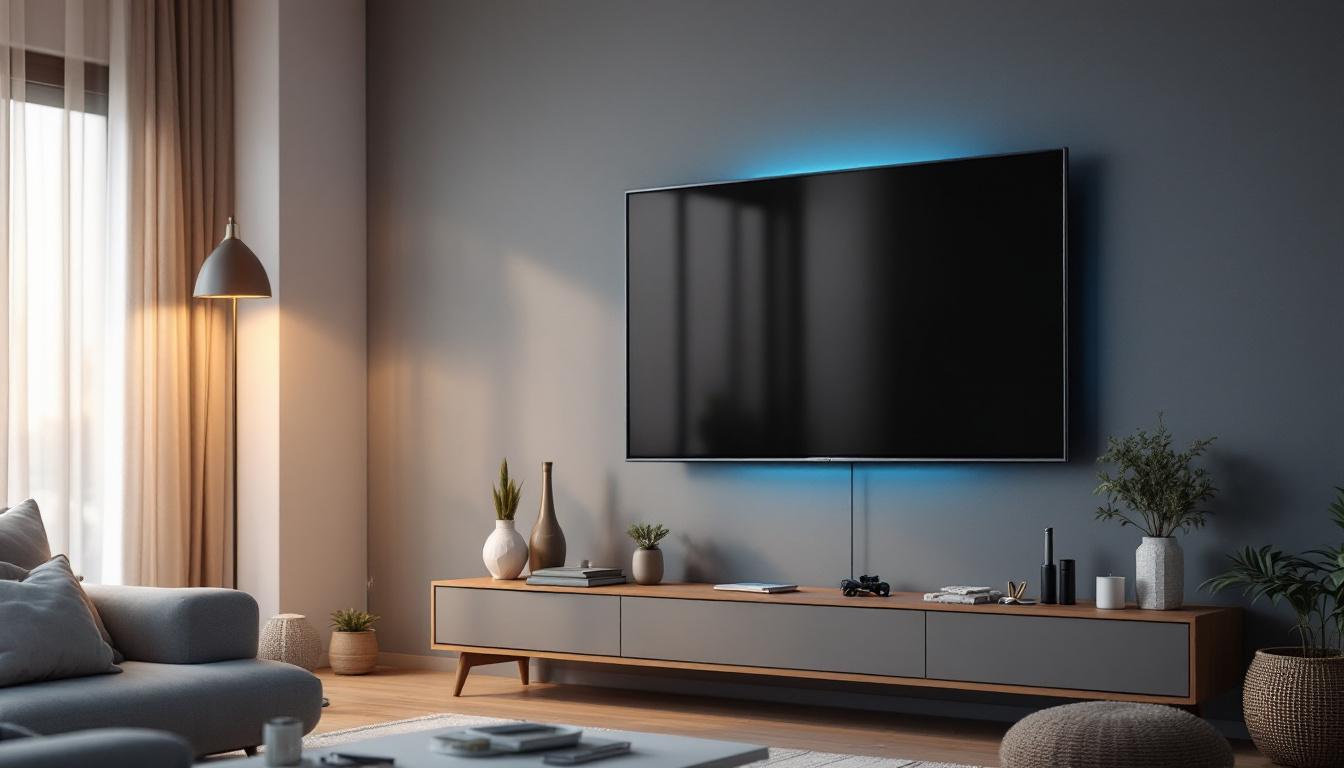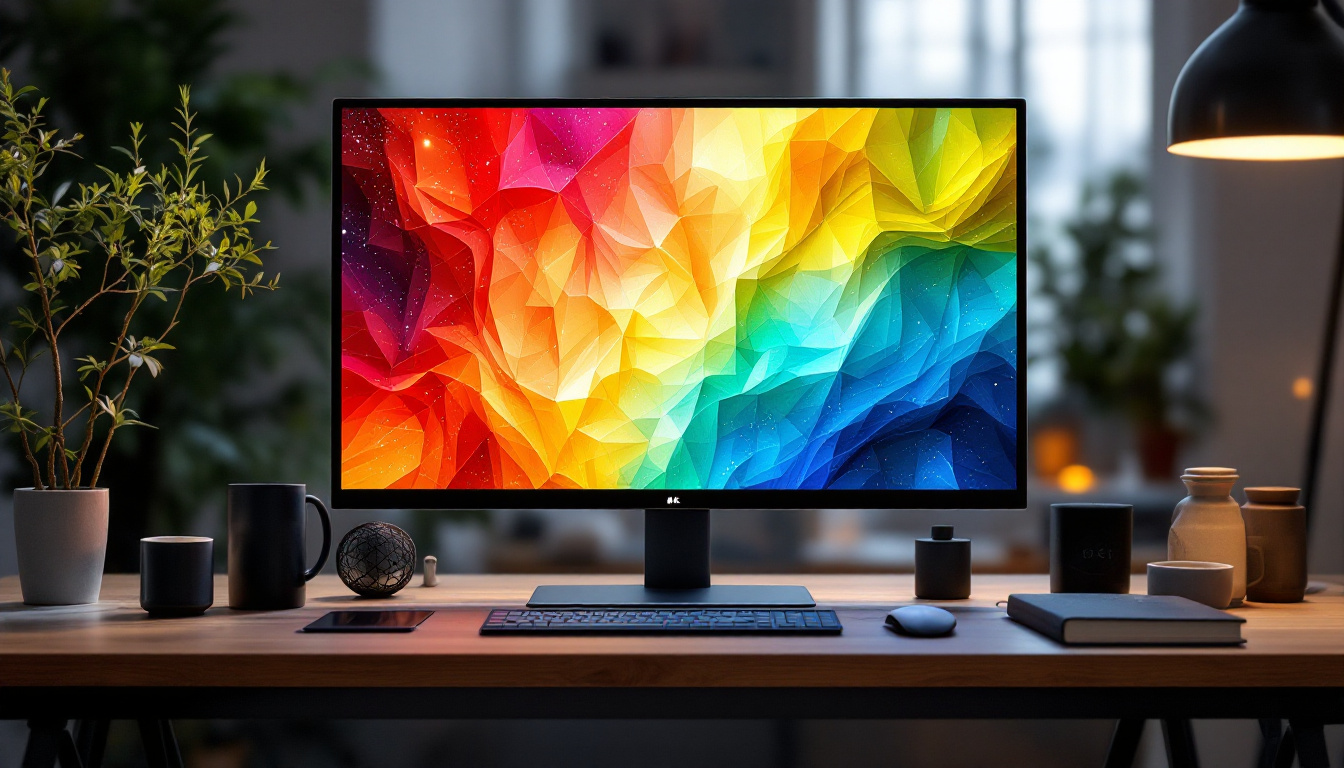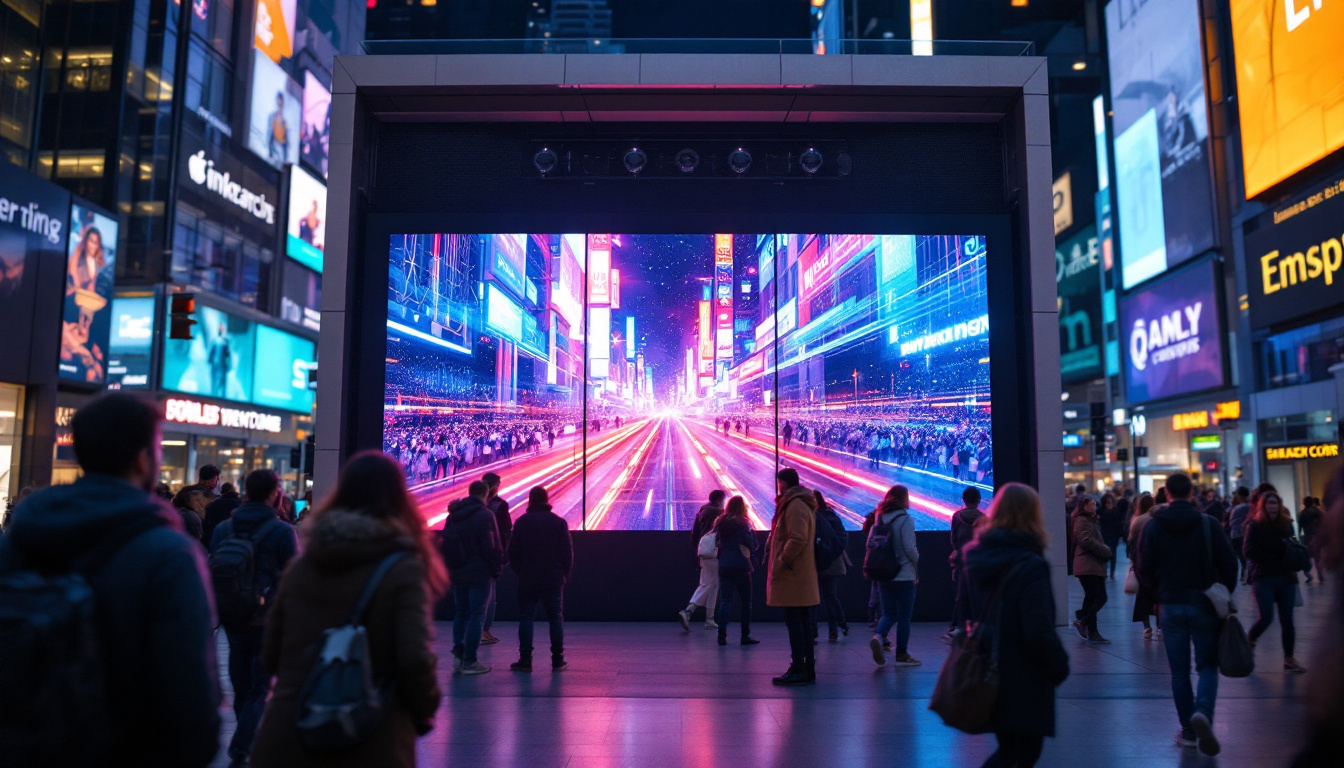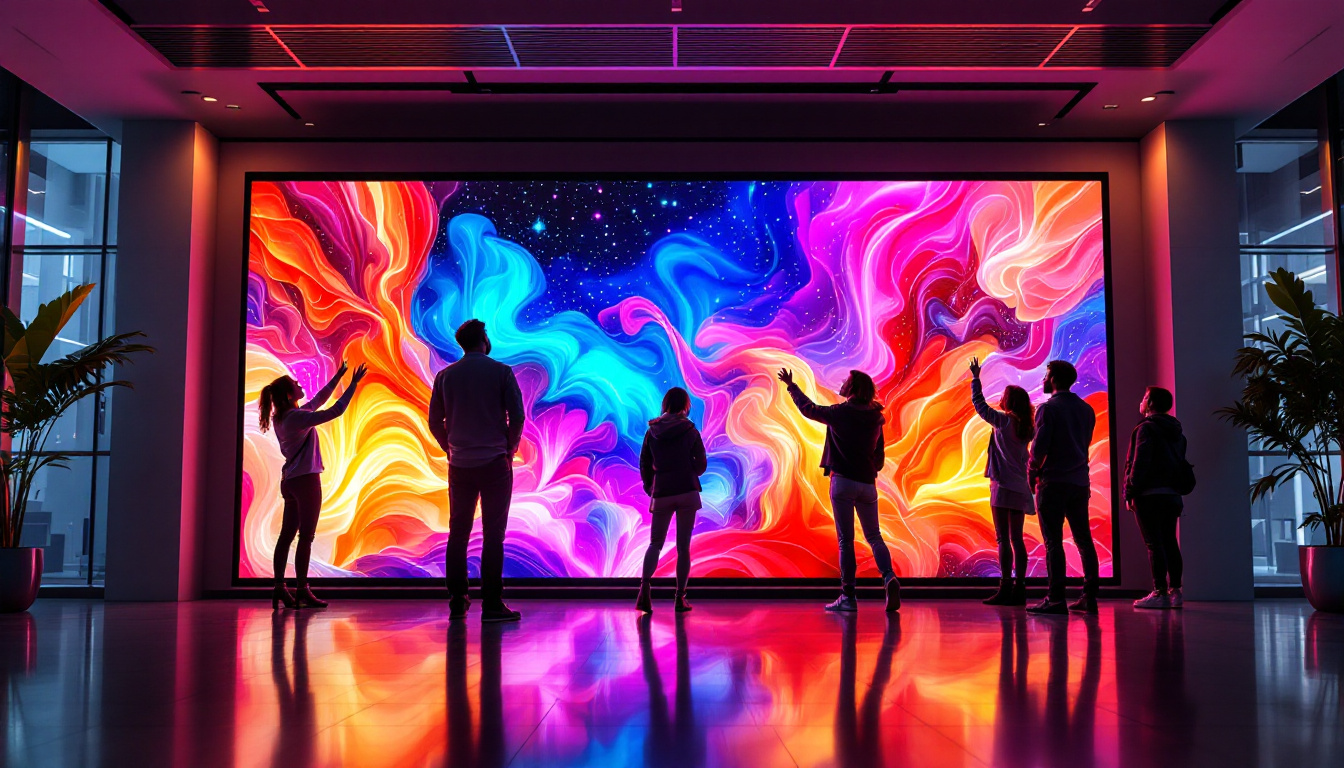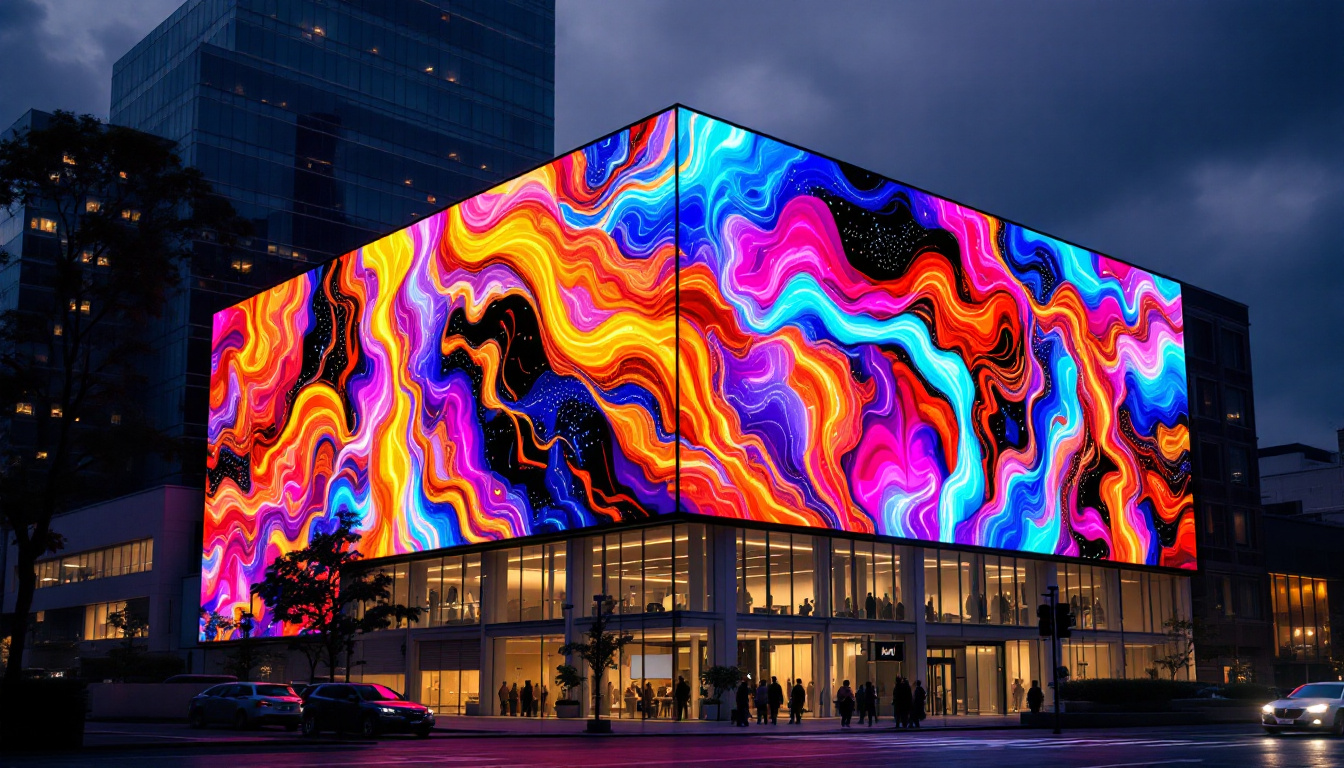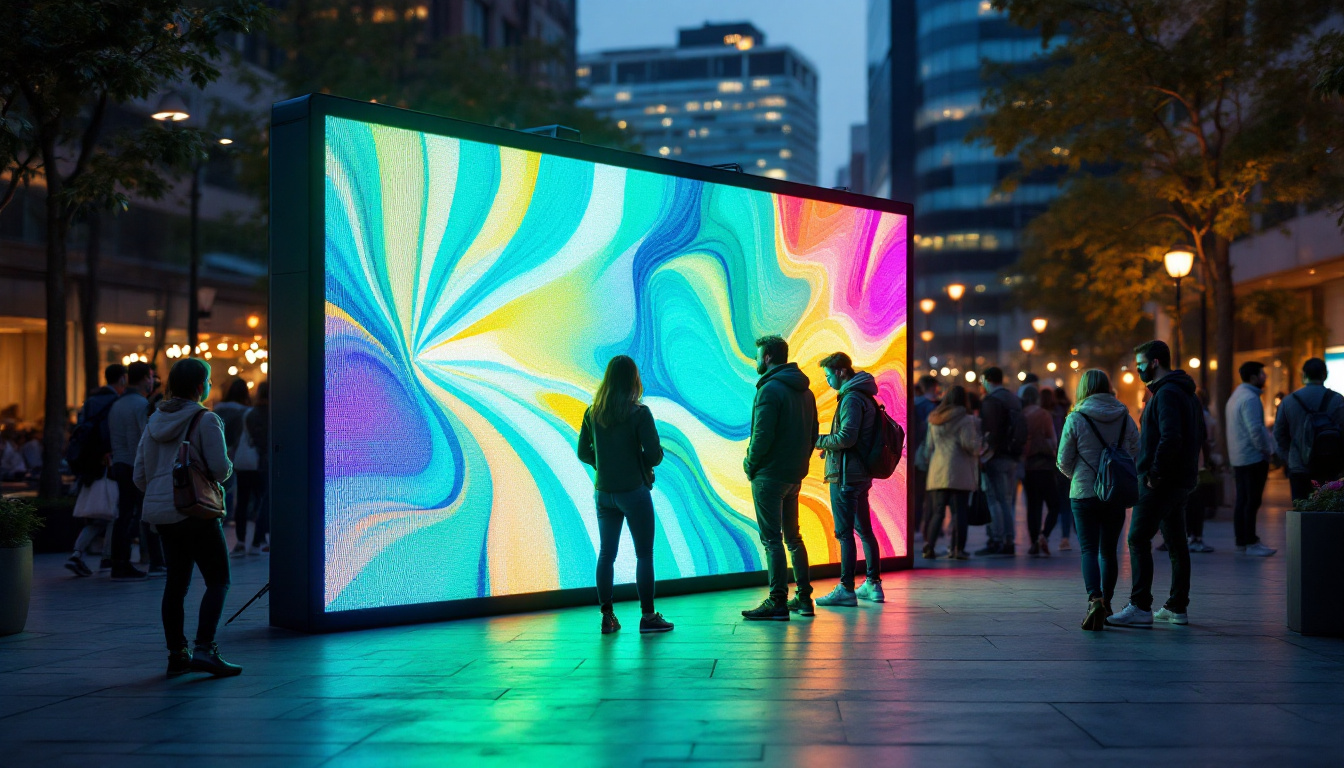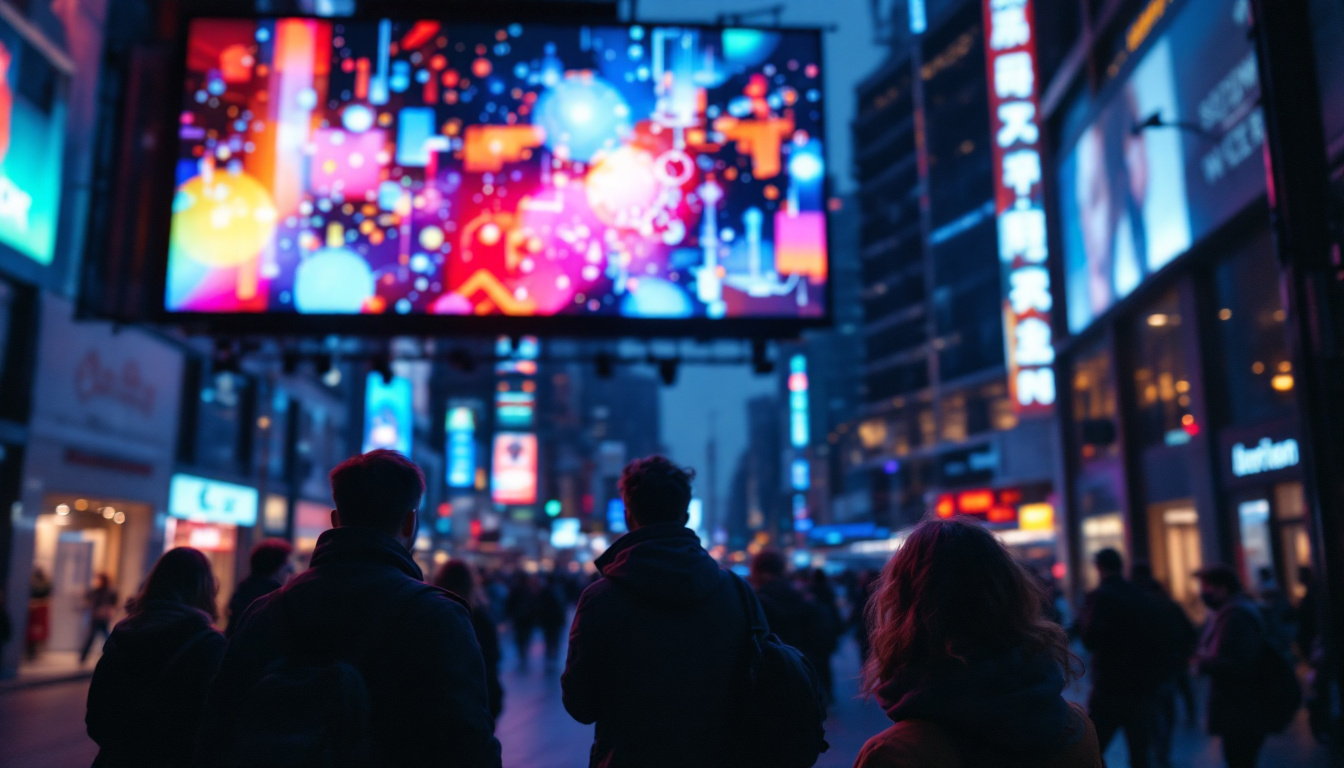In the realm of modern technology, LED displays have emerged as a cornerstone for visual communication. Their versatility and efficiency make them a preferred choice for various applications, ranging from advertising to entertainment. This article delves into the intricacies of LED displays, exploring their components, benefits, and the future of this dynamic technology.
Understanding LED Technology
Light Emitting Diodes (LEDs) are semiconductor devices that emit light when an electric current passes through them. This technology is at the heart of LED displays, which are composed of numerous tiny LEDs arranged in a grid. Each LED can emit different colors, allowing for the creation of vibrant images and videos. The efficiency of LEDs, which convert a significant portion of electrical energy into light rather than heat, has made them a popular choice for a wide range of applications, from household lighting to large-scale advertising displays.
The Basics of LED Displays
LED displays are categorized into two main types: direct view and backlit. Direct view displays consist of individual LEDs that create images directly, while backlit displays use LEDs to illuminate an LCD panel. The choice between these types often depends on the specific application and desired visual quality. Direct view displays are particularly favored for their ability to produce deeper blacks and more vivid colors, making them ideal for high-impact visual environments such as concerts and sporting events.
Types of LED Displays
There are several types of LED displays available in the market today. Common variations include:
- Indoor LED Displays: Designed for close viewing, these displays offer high resolution and brightness suitable for venues like shopping malls and conference rooms.
- Outdoor LED Displays: Engineered to withstand weather conditions, outdoor displays are brighter and more durable, making them ideal for billboards and stadiums.
- Transparent LED Displays: These innovative displays allow for visibility through the screen, making them popular for retail environments where product visibility is crucial.
In addition to these types, there are also specialized LED displays such as flexible LED screens, which can be bent and shaped to fit unique spaces and designs. This flexibility opens up new possibilities for creative installations in architecture and art. Moreover, advancements in technology have led to the development of MicroLED displays, which feature smaller pixels for even higher resolution and improved color accuracy. These displays are gaining traction in the consumer electronics market, particularly in high-end televisions and monitors.
Furthermore, the integration of smart technology with LED displays has transformed how content is managed and displayed. With the rise of digital signage, businesses can now update their advertisements in real-time, tailoring messages to specific audiences or events. This dynamic capability not only enhances customer engagement but also maximizes advertising effectiveness by ensuring that the content is always relevant and timely.
Components of LED Displays
Understanding the components that make up an LED display is essential for grasping how they function. Each component plays a vital role in delivering high-quality visuals.
LED Modules
LED modules are the building blocks of LED displays. Each module contains a matrix of LEDs that can be individually controlled to produce various colors and images. The arrangement and density of these modules determine the overall resolution of the display. For instance, a higher pixel density results in sharper images and finer details, making them ideal for close-up viewing in environments like retail stores or concert venues. Additionally, the size of the modules can vary, allowing for flexibility in design and application, whether it’s a large outdoor billboard or a compact indoor screen.
Control Systems
The control system is the brain of the LED display. It manages the input signals, processes the images, and sends commands to the LED modules. Advanced control systems allow for real-time updates, ensuring that content can be changed quickly and efficiently. These systems often incorporate software that can handle various media formats, enabling the display to showcase videos, animations, and live feeds seamlessly. Furthermore, sophisticated control systems can be networked together, allowing for synchronized displays across multiple screens, which is particularly beneficial for large-scale events or advertising campaigns.
Power Supply
Power supply units are crucial for the operation of LED displays. They provide the necessary voltage and current to the LEDs, ensuring consistent performance. High-quality power supplies are essential to prevent flickering and ensure longevity. Moreover, modern power supplies often come equipped with features such as surge protection and thermal management, which help to safeguard the display from power fluctuations and overheating. This reliability is particularly important in outdoor settings where environmental conditions can be unpredictable, ensuring that the display remains operational and visually appealing regardless of the weather.
Advantages of LED Displays
LED displays offer numerous advantages that make them a preferred choice for various applications. Their unique characteristics contribute to their widespread adoption in different industries.
Energy Efficiency
One of the most significant benefits of LED displays is their energy efficiency. Compared to traditional display technologies, LEDs consume substantially less power, which translates to lower operational costs. This energy efficiency is particularly beneficial for large-scale installations where power consumption can be a significant expense.
Brightness and Visibility
LED displays are known for their exceptional brightness, making them easily visible in various lighting conditions. This feature is especially important for outdoor displays, where sunlight can wash out images on less capable screens. The ability to maintain clarity and vibrancy in different environments enhances the effectiveness of visual communication.
Longevity and Durability
LED technology is designed for longevity. With a lifespan of up to 100,000 hours, LED displays require less frequent replacements compared to other display technologies. Additionally, many LED displays are built to withstand harsh weather conditions, making them ideal for outdoor applications.
Applications of LED Displays
The versatility of LED displays allows them to be used in a wide range of applications. From advertising to information dissemination, their adaptability makes them invaluable in various settings.
Advertising and Marketing
One of the most prominent uses of LED displays is in advertising and marketing. Businesses utilize vibrant LED screens to capture the attention of potential customers. Dynamic content can be displayed, allowing for promotions, announcements, and interactive advertisements that engage viewers.
Event and Entertainment Venues
LED displays are a staple in event and entertainment venues, such as concert halls and sports arenas. They are used for live broadcasts, scoreboards, and visual effects, enhancing the overall experience for attendees. Their ability to display high-resolution video and graphics makes them a crucial element of modern entertainment.
Transportation and Information Systems
In transportation hubs like airports and train stations, LED displays provide real-time information to travelers. Flight schedules, train arrivals, and safety announcements are often displayed on large LED screens, ensuring that passengers receive timely updates. Their clarity and visibility are essential for effective communication in busy environments.
Future Trends in LED Display Technology
The future of LED display technology is bright, with ongoing advancements promising even more innovative applications and improved performance. As technology evolves, several trends are emerging that will shape the landscape of LED displays.
Higher Resolution and Pixel Density
As consumer demand for high-quality visuals continues to grow, manufacturers are focusing on increasing the resolution and pixel density of LED displays. This trend will lead to sharper images and more detailed graphics, enhancing the viewing experience across various applications.
Integration with Smart Technology
With the rise of smart technology, LED displays are becoming increasingly integrated with IoT devices and smart systems. This integration allows for more dynamic content management, real-time updates, and interactive features that engage users in new ways.
Eco-Friendly Innovations
As sustainability becomes a priority for many industries, eco-friendly innovations in LED technology are gaining traction. Manufacturers are exploring ways to reduce energy consumption further and use recyclable materials in display construction, aligning with global efforts to minimize environmental impact.
Choosing the Right LED Display
Selecting the right LED display for a specific application involves several considerations. Understanding the requirements and intended use is crucial for making an informed decision.
Assessing Your Needs
Before purchasing an LED display, it is essential to assess the specific needs of the application. Factors such as location, viewing distance, and content type will influence the choice of display. For instance, outdoor displays require higher brightness levels and weather resistance, while indoor displays may prioritize resolution and color accuracy.
Budget Considerations
Budget is a significant factor in the decision-making process. While LED displays can be a substantial investment, their long-term benefits often justify the cost. It is important to balance initial expenses with potential savings in energy and maintenance over time.
Vendor Reputation and Support
Choosing a reputable vendor is crucial for ensuring quality and reliability. Researching vendors, reading reviews, and considering customer support options can help in selecting a trustworthy supplier. A good vendor will provide not only the product but also ongoing support and maintenance services.
Conclusion
LED displays have revolutionized the way visual information is communicated. Their energy efficiency, durability, and versatility make them an ideal choice for a wide range of applications. As technology continues to advance, the future of LED displays promises even more exciting developments. Whether for advertising, entertainment, or information dissemination, LED displays are set to remain a vital component of modern communication.
In summary, understanding the components, advantages, and applications of LED displays is essential for anyone looking to leverage this technology. With careful consideration and informed choices, businesses and organizations can harness the power of LED displays to enhance their visual communication strategies.
Discover Cutting-Edge LED Display Solutions
Ready to elevate your visual communication with the latest in LED technology? Look no further than LumenMatrix, a leader in innovative LED display solutions. From captivating Indoor LED Wall Displays to robust Outdoor LED Wall Displays, and from dynamic Vehicle LED Displays to sleek LED Poster Displays, LumenMatrix offers a comprehensive range of products designed to enhance brand visibility and engage audiences. Whether you need a high-impact LED Sports Display, an interactive Floor LED Display, a Custom LED Display tailored to your unique requirements, an All-in-One LED Display for simplicity, or a transparent LED Display for a seamless integration, LumenMatrix has the technology to bring your vision to life. Embrace the future of visual storytelling with LumenMatrix and create experiences that resonate. Check out LumenMatrix LED Display Solutions today and transform your space into a visual masterpiece.

